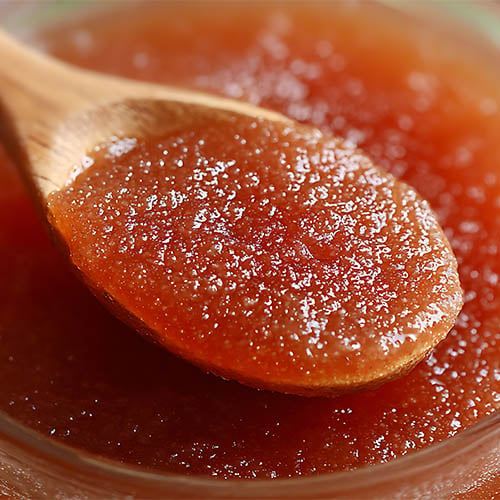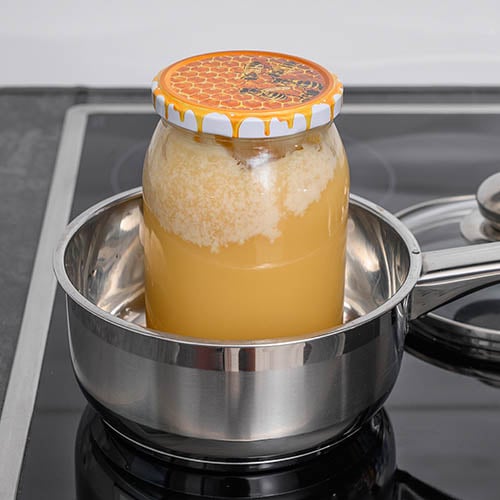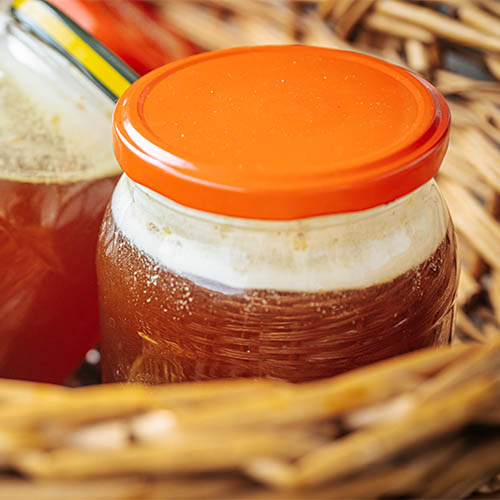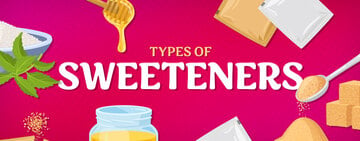Does Honey Go Bad?
Last updated on Sep 29, 2025Corrinn McCauleyBeloved for its rich flavor and myriad health benefits, honey is a natural sweetener used in beverages, desserts, and savory marinades. While other pantry staples will rot, honey is one of the few foods that very rarely spoils. Its unique composition plays a significant role in its long shelf life. Honey is approximately 80% sugar and 18% water. Since both bacteria and mold require water to grow, honey’s high sugar content and low water volume make it inhospitable to harmful growths.
Additionally, honey's thick viscosity acts as a barrier limiting oxygen penetration. Oxygen is essential for the growth of most bacteria, and the absence of oxygen in honey inhibits germination. Honey contains gluconic acid, which creates a slightly acidic pH level and further deters the growth of bacteria and spoilage microorganisms. These factors combined make honey a reliable and long-lasting ingredient that can be stored and enjoyed for extended periods without a high risk of it going bad.

How to Tell If Honey Is Bad
While honey doesn't spoil in the same way as other foods, it can undergo fermentation when exposed to moisture. Fermented honey will have a sour or off smell and taste, which is a clear sign that it has gone bad. If your honey foams, this is a good indicator that it has started fermenting. Another indicator of spoiled honey is the presence of mold, typically brought about by cross-contamination. If you notice any of these signs in your honey, it is best to discard it to avoid any potential health risks.
Why Does Honey Crystallize?
Crystallization is a natural process that occurs in honey over time and does not indicate that the honey has gone bad. It happens when some of the honey’s sugar molecules separate from its water content and transform into crystals. The ratio of glucose to fructose in honey plays a significant role in determining how quickly the honey will crystallize. Honey with a higher glucose content or lower water content tends to crystallize faster compared to honey with a higher fructose content or higher water content.
Is Crystallized Honey Safe to Eat?
Crystallized honey has the same nutritional value and flavor as liquid honey. Some people prefer crystallized honey for its thicker, toothsome texture. Its spreadable consistency makes it an ideal topping for bagels, biscuits, or toast. Since it won’t drip like liquid honey, crystallized honey is a useful condiment for food trucks and other to-go applications. On a continental breakfast spread, crystallized honey can replace brown sugar to add both sweetness and crunch to oatmeal or enhance a yogurt parfait.
How to Decrystallize Honey

You can decrystallize a jar of honey by soaking it in water or microwaving it. Another great use for crystallized honey is incorporating it into a hot honey recipe, as it requires heating the honey. We've outlined the steps for both hot water and microwave decrystallization below.
How to Decrystallize Honey with Hot Water
You can use a warm water bath to decrystallize honey. While doing so, be cautious of high temperatures that may compromise the honey's valuable attributes. Temperatures exceeding 104 degrees Fahrenheit can destroy enzymes and decrease the honey's antibacterial property. To maintain the honey's quality, it is recommended to use water at a temperature below 104 Fahrenheit.
- Boil water in a tea kettle. Using a thermometer, wait until the water temperature decreases below 104 degrees Fahrenheit.
- While the water cools, place your closed honey container in a large glass bowl. Then, pour the hot water directly over the honey container in the bowl.
- Let the honey soak for several minutes or until it has softened and liquified.
- Use more hot water if the honey has not softened after several minutes.
How to Decrystallize Honey in the Microwave
Decrystallizing honey in the microwave is fast, safe, and easy. However, this method can reduce its quality. Microwaving honey can result in uneven heating, which may create hotspots and destroy beneficial enzymes and nutrients. To maintain the flavor and nutritional value of honey, it is recommended to heat it gently with the warm water bath method. However, if speed is your priority, follow the steps below:
- Place honey in a microwave-safe container.
- Microwave over medium power in thirty-second increments, stirring each time.
- Repeat until crystallized honey returns to its liquid form.
How to Store Honey to Prevent Crystallization

Honey is a staple pantry item in foodservice storerooms. Follow these storage tips to maintain the smooth texture of your honey so it’s ready for use.
- Temperature Control: Fluctuations in temperature can cause honey to crystallize more quickly, so store it at a consistent temperature. Ideally, honey should be stored at room temperature, away from direct sunlight and heat sources.
- Airtight Containers: To prevent moisture from entering the honey and causing crystallization, store honey in airtight containers. Glass jars or food-grade plastic containers with tight-fitting lids are ideal.
- Avoid Refrigeration: Refrigerating honey will accelerate the crystallization process. The cold temperature of the refrigerator can cause the sugars in honey to separate and form crystals more quickly.
Honey has a long shelf life due to its low moisture content, dense viscosity, and acidic pH levels, making it resistant to spoilage. If you notice your honey has fermented, evidenced by a sour smell or taste, it's best to dispose of it. However, before discarding honey that has crystallized or changed in texture, remember that it is still safe to eat and can be used in various culinary applications.



